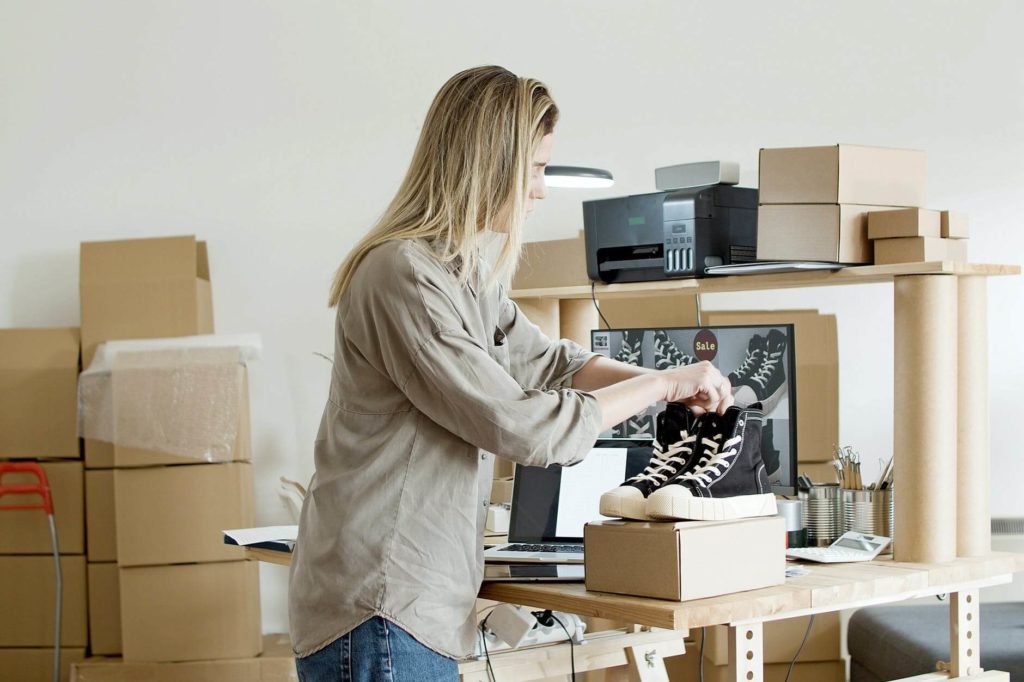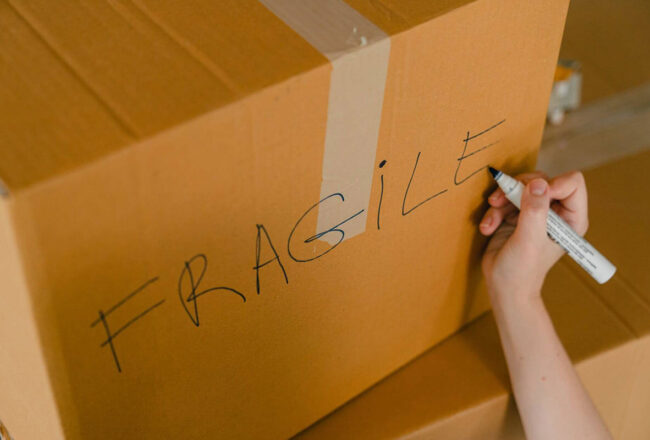If you’re reading this, it must be relocation time. You might especially be stuck on figuring out how to pack shoes for moving interstate and how and where to stock up on essential packaging materials for your interstate moving trip. We know you’d prefer not to get stuck, so take a deep breath because salvation exists. Read up and take notes on some simple advice to make the entire process go smoothly.
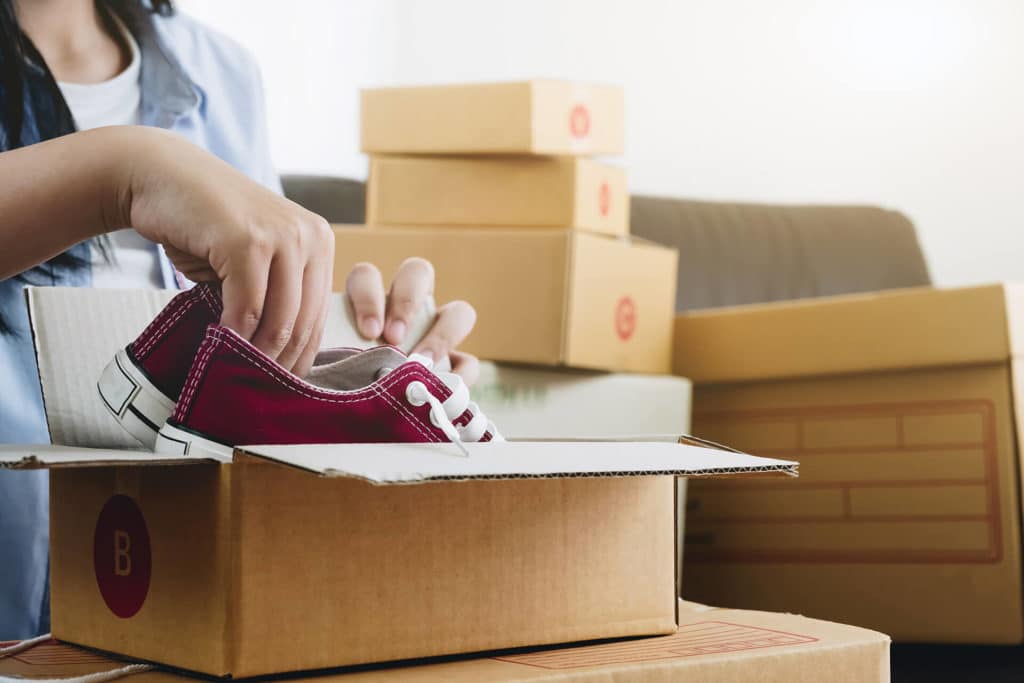
Organize Shoes Before Packaging Them
Any experienced mover will tell you that relocating starts by entirely organizing the process. The main question on anyone’s mind is usually: What’s the best way to pack shoes when moving? Well, when we say organize, we mean all of them, from the pairs you often wear to those you thought you threw out ages ago. For example, this step is crucial if you’re downsizing for a move. It can also be turned into a fun game if you’re relocating with kids.
Lay out all your footwear on the floor and take a good look because this is where prioritizing should begin. Do you really want to bring that old, outdated pair of sneakers, or are they just part of a happy memory? While it’s OK to have keepsakes, with footwear, that could cause some headaches. Think of it this way – decluttering is the greatest benefit of relocating.
Tip #1 – Decide Which Pairs to Bring and Which to Get Rid Of
Shoes take up a lot of space at home, and especially in containers. The footwear that should be packed first is the one you currently wear and value the most. Later take a look at the more expensive pairs and those suitable for the current season. Believe it or not, it matters if you’re relocating in winter or summer.
If you’ve decided to make a tier list of your shoe collection, the ones ranked last do not need to come along. It might be a better idea to donate stuff you don’t wear or need anymore. However, if some of that old footwear is in awful shape and no reputable charity would take it, try to find a recycling center that would accept it (not all do, but recycling is always a great idea).
Another idea for getting rid of stuff is to have a garage sale before relocating. This wouldn’t only help with the footwear you stopped wearing, but with many other things at home, too. With that said, try not to overprice the stuff you want to go, or most of it will end up in the trash anyway.
Tip #2 – Sort the Footwear by Types
Hoping you’ve successfully decluttered by now, take a look at the footwear that’s left and sort it by any category you prefer. It could be by season, by purpose, or by style. Ensure that the sorting matches your priorities for when you start packaging. Create a system that will ensure a stress-free move. We recommend dividing the footwear by season because combining bulky and light things could cause damage to their shape and form.
Tip #3 – Don’t Throw Out Those Old Shoe Boxes Just Yet
This tip may seem counterproductive because when we pack, all we want is to save space, and boxes take up a lot of it. However, this mainly refers to the footwear you use often. A common question is, is it better to keep shoes in boxes or out? Essentially, the footwear you wish to prioritize should be kept and packed in separate containers, which do not need to be the very same containers it came in.
Keeping the original shoe boxes is usually a good idea since that means you’re preserving precious footwear and making it easier to pack when necessary. Once you get to your new home, the common relocation depression could hit, and it may take a while to unpack everything. Or, your future self may thank you for separating that fancy pair when the time comes to go out and meet the new neighbors or finally try to make new friends in the city.
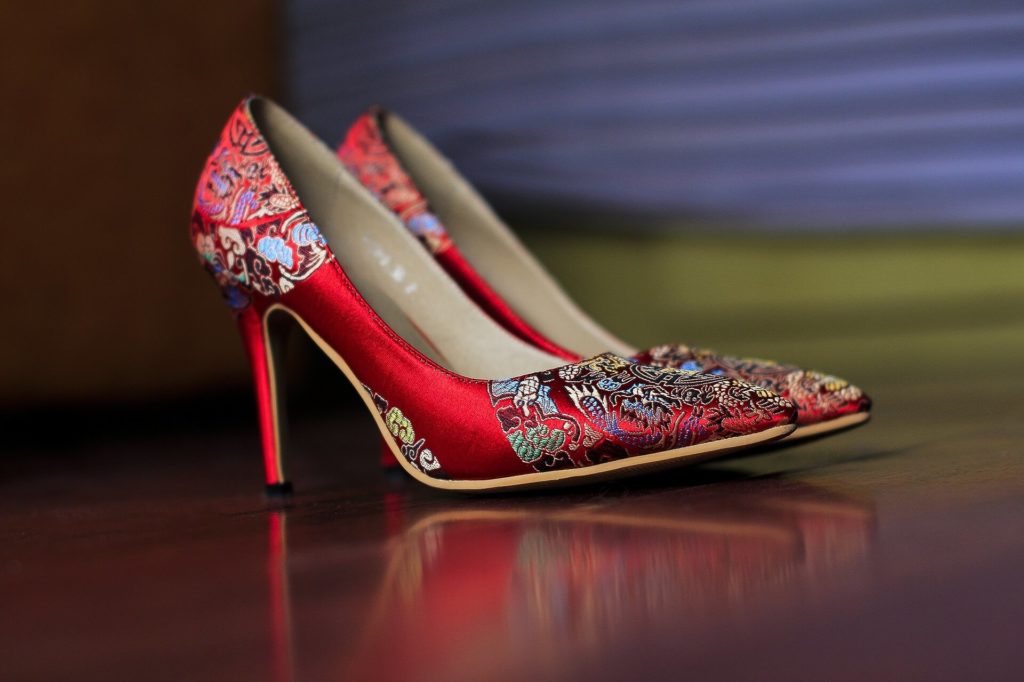
The First Steps of Packing Shoes for Moving
There are some crucial first steps to take before shoving all the footwear into boxes randomly and without order. Be warned that that’s a shortcut to disaster. It’s never advised to get ready in a hurry unless you’re relocating for a job and have a tight schedule. Even with relocating at the last minute, you can still achieve better results by taking it all step by step. The initial phase is stocking up on essential packaging materials.
The essential materials for proper packaging usually are:
- Cardboard boxes and containers,
- Duct tape,
- Packing paper,
- Bubble wrap.
Apart from the best packing materials to use for any type of relocation, it’s a great idea to make do with stuff lying around the house, such as socks, plastic containers, baskets, and even duffel bags.
It’s Greatly Advised Not to Skip The Cleaning Process
Of course, it wouldn’t be enough just to place the footwear into the boxes and call it a day. Footwear gets dirty and worn out, and for that reason, it deserves some love and attention. Assuming the boots you frequently wear have some dirt on them, it’s really important to clean them, so they do not soil up the rest of the stuff they get packed with.
After cleaning the footwear, let it dry completely before putting it in storage. Things that are half-dry and sealed in a container increase humidity, potential development of bad smells, and structural damage. Speaking of smell, getting rid of funky odors can be taken care of in a few ways – either add some baking soda or the peel of citrus fruit you like into dry footwear to sit overnight or add dry tea bags into them while packaging.
Packaging Multiple Pairs of Footwear – Yes or No?
Wrapping things individually preserves them a lot better, but you’re probably wondering how do you pack multiple pairs of shoes? You can opt for bundling more pairs of footwear together only if there aren’t other options. Make sure to layer the wrapping material, put one shoe in the corner, and roll diagonally. When you reach the middle, place the other one and make a bundle. Also, try tying them together by their shoelaces and stuff them on the inside before packaging.
Check out some relocation tips found in the video, too.
How to Pack Shoes for Moving When It Comes to Your Most Valued Pairs
Even with having separate boxes for your favorite footwear, take some precautions while packaging them. Do you remember how they were initially packed, wrapped in paper, and folded neatly to fit into the box? That’s the best way to preserve footwear in general and the best method for packing them when relocating. Additionally, try plastic containers you might have at home.
The sneakers, flats, or boots packed in separate containers should later go into a larger box, if available. If you do not have enough separate ones, designate one large container for the footwear that matters the most, like a plastic drawer or a basket. Label that as “important shoes,” for example, so you won’t lose track of it, and when loading up the truck, place it somewhere most accessible.
Tips for Wrapping and Protecting the Footwear
Maybe you’re just planning to box everything together. In this case, preserving the structure of footwear matters the most. Stuffing it on the inside means less damage during transport, and using packing papers or socks for this is the way to go. Socks are great for stuffing because of their softness, but you also get to feel like an expert with this excellent, two-in-one space-saving hack.
For protecting the outsides of footwear, use packing papers, shower caps, or bubble wrap. The softer the material is, the better. However, while packaging dishes with cotton tees is recommendable, it’s not the best decision to do the same with footwear. Despite taking the time to clean it, it can still stain your clothes. Bubble wrap is great for protecting footwear, but if you have a large collection, that can break the bank a bit, so it’s best to find some paper or get shower caps in bulk.
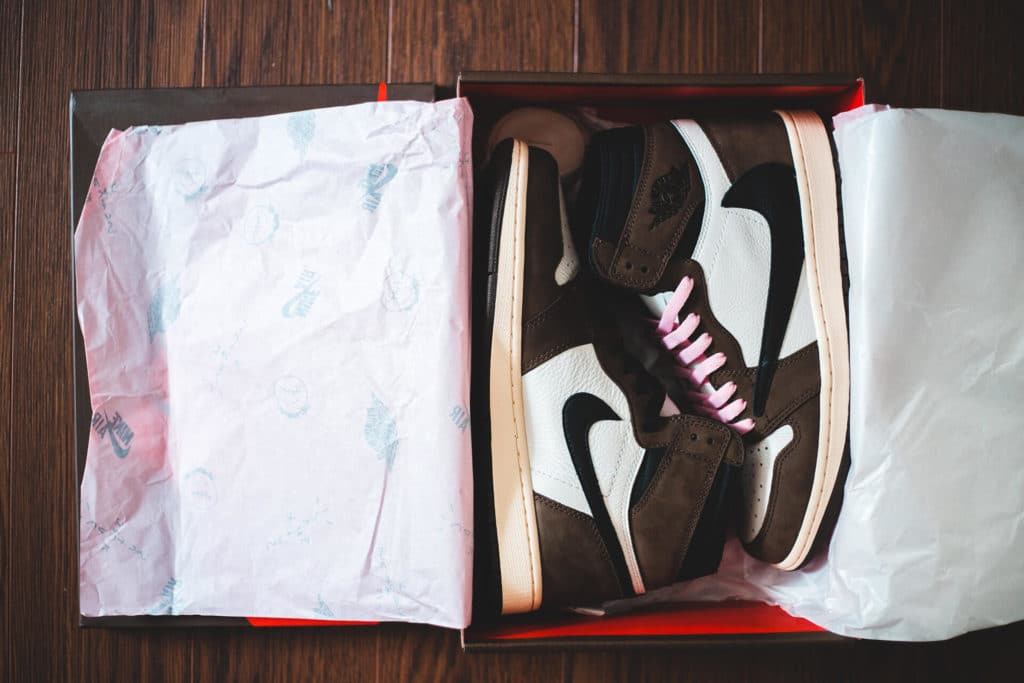
The Best Way to Pack Shoes for Moving That Aren’t a Priority
We already mentioned how to package footwear you often wear, but tossing the other pairs into a container and adding a label saying “shoes” shouldn’t be the whole thing. Repeat the steps of stuffing the insides, and clean them if required. With the footwear you won’t use right away, you can get a little more creative in providing a container.
Sometimes there’s no choice but to put multiple pairs together, which is OK. That can help you get more creative with storage. So, how do you pack shoes without a box? For example, rather than stuffing one full to the brim and sealing it, consider using a basket to carry the footwear. You may have laundry baskets or storage drawers lying around, which are great options for packaging. Remember to add protective padding over the open top to protect your stuff.
Load up separate pairs into smaller plastic containers or put them all together in a duffel bag. The footwear inside won’t be damaged if it’s adequately protected with wrapping. Duffel bags are nice to take advantage of and won’t tear easily, but they need to be protected on the inside, so, again, wrap footwear individually or in pairs to keep everything safe.

Create A Packaging Hierarchy for Your Stuff
Having a hierarchy sounds ridiculous, but it’s a real thing. Just like with boxing up fragile items, footwear requires a storage system. The heavier and bulkier footwear should be arranged at the bottom of the container first. Heavy stuff can put too much weight onto the lighter things if it’s placed on top of it, meaning all your summer sandals will get ruined by winter boots sitting on top.
It’s a good idea to have containers for each category of footwear. If you reconsider the suggestion to sort everything by season, that’d be one box for winter and one for summer footwear. In this case, there’d be no unwanted squishing, and the categorized containers will make things easier to organize when you settle into your new place.
There Are Steps You Can Skip When Packaging
As already mentioned, some things should and shouldn’t be done when loading footwear up for relocation, and some things you should not do are:
- Don’t wrap footwear into clothes or towels – that would damage the wrapping materials,
- Avoid using trash bags for carrying footwear – they could tear easily,
- Don’t pack or wrap dirty footwear – it’s OK to be lazy sometimes, but not when it comes to this,
- Finally, don’t load separate containers individually into the truck – you will most likely lose them or see lots of damage later.
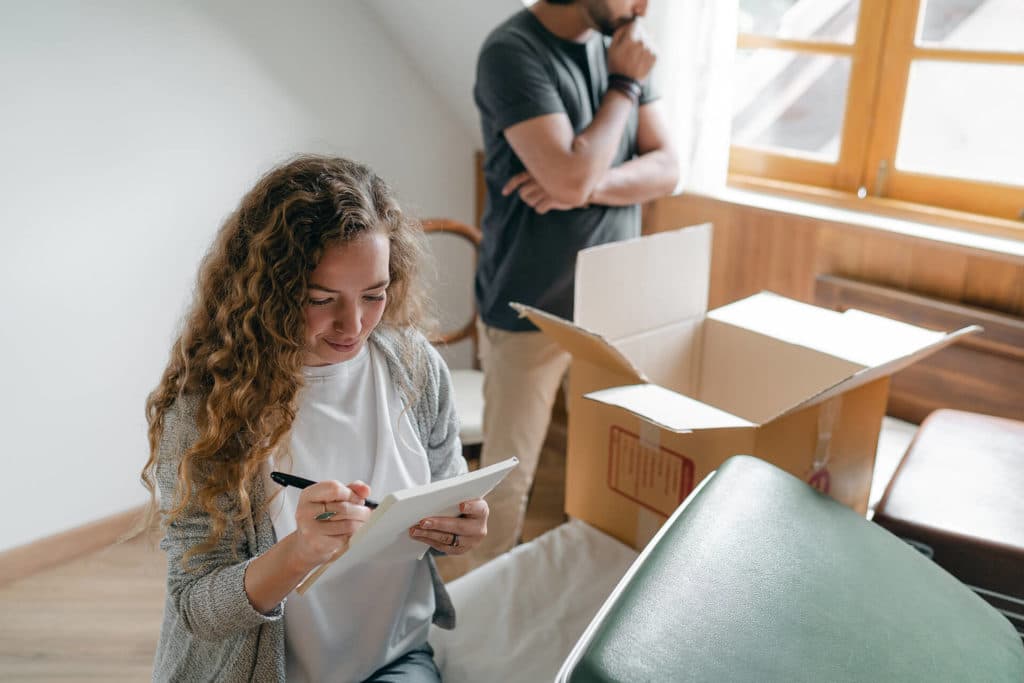
Hiring Pros Won’t Cause the Headache You’d Expect
Interstate moving indeed causes headaches. Hiring professionals for moving state to state will save you from falling into a rabbit hole of advice and tips. You will mostly worry about tipping the movers after relocating or whether you need to rent storage. Interstate movers have all the necessary equipment to safely bundle your items and provide professional packing services that cause no headaches.
Another thing to consider with hiring professional state-to-state movers is that their moving services could give you time to deal with other necessary things, like who to notify when relocating or how to say goodbye to friends before you leave. It’s a better idea to reap the benefits of professional help than to try handling stressful relocation on your own.

